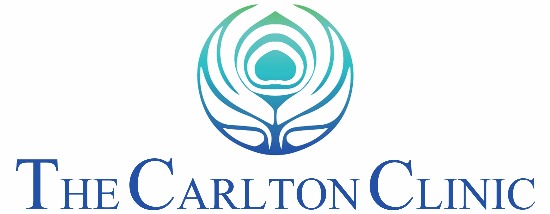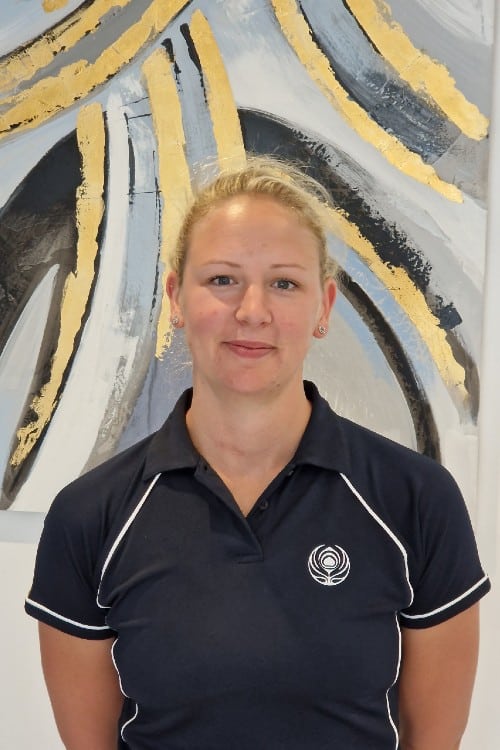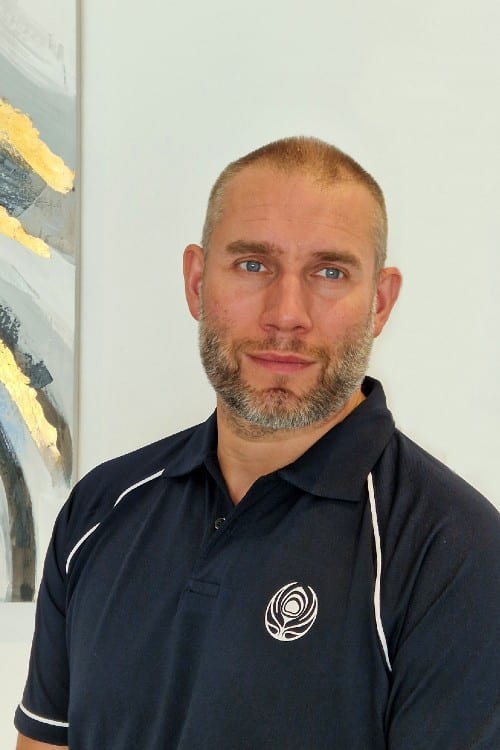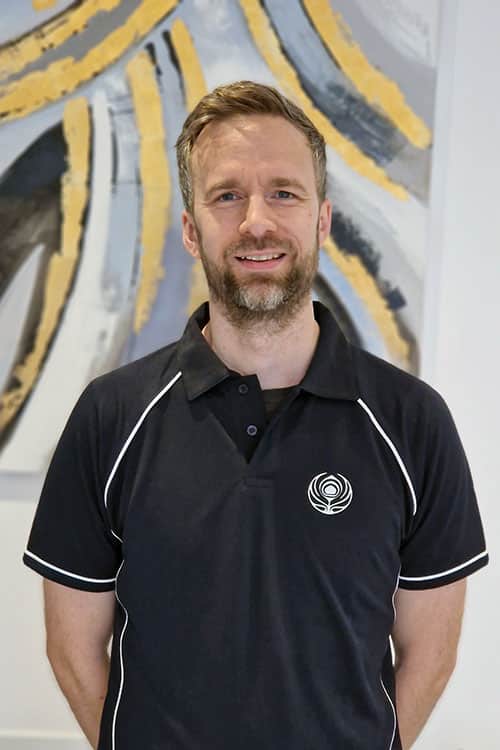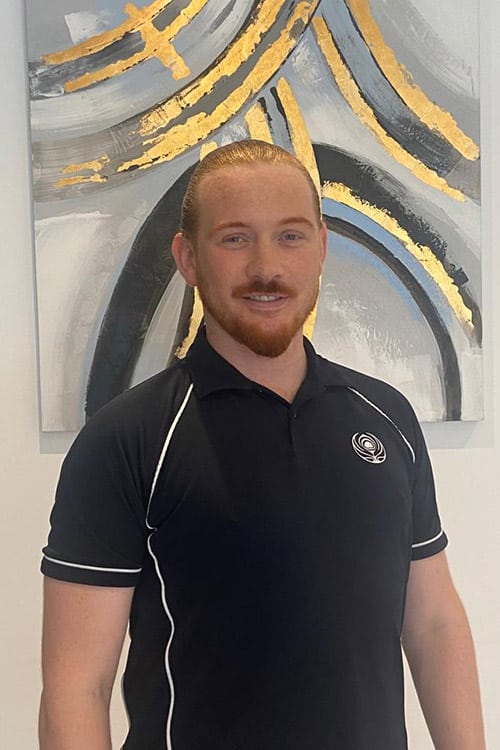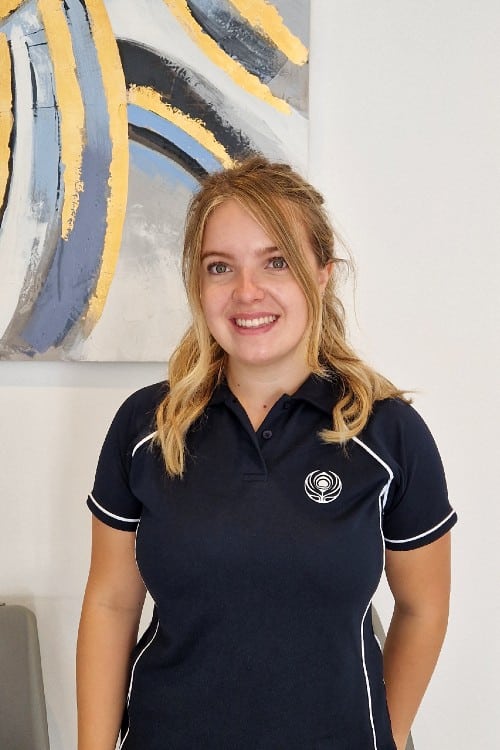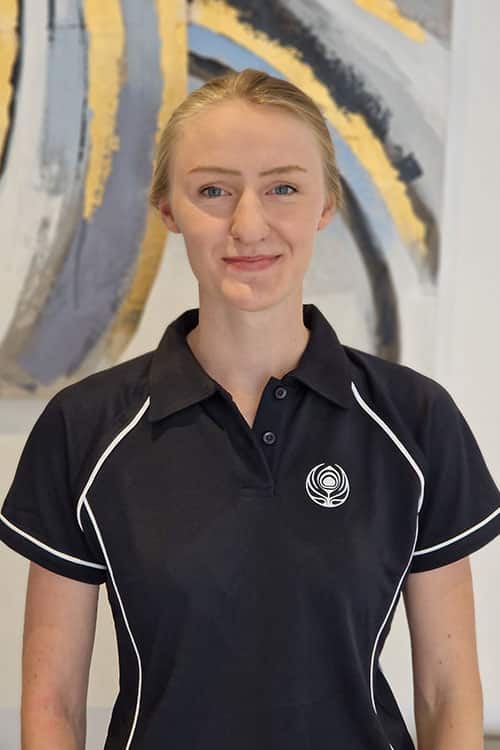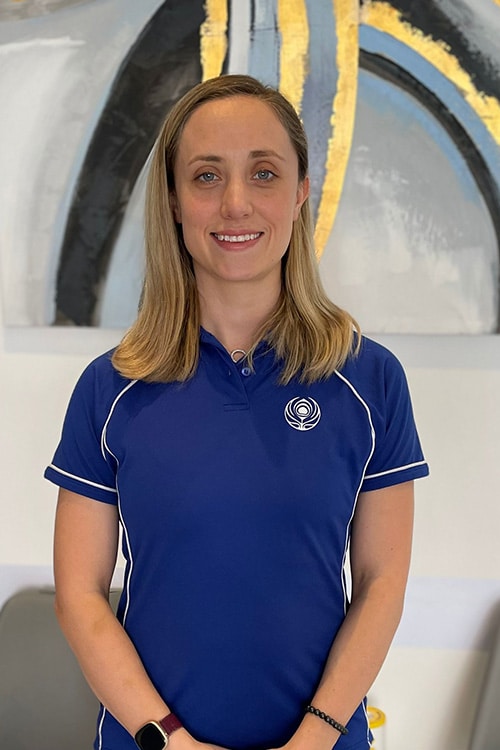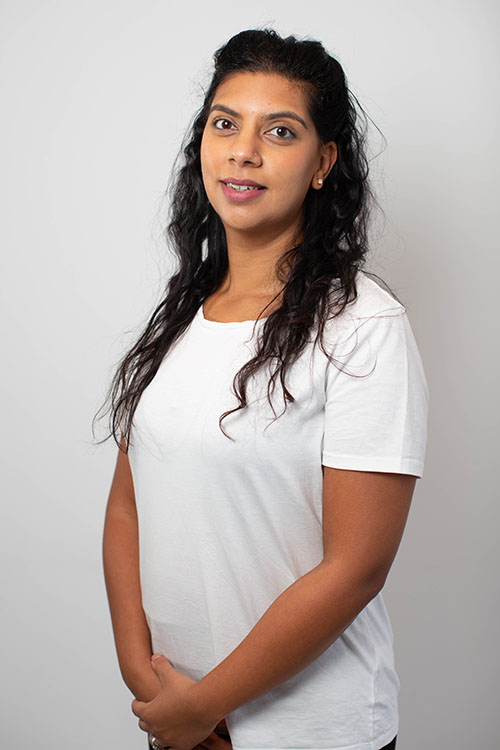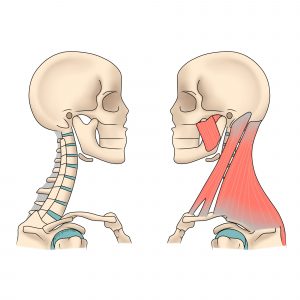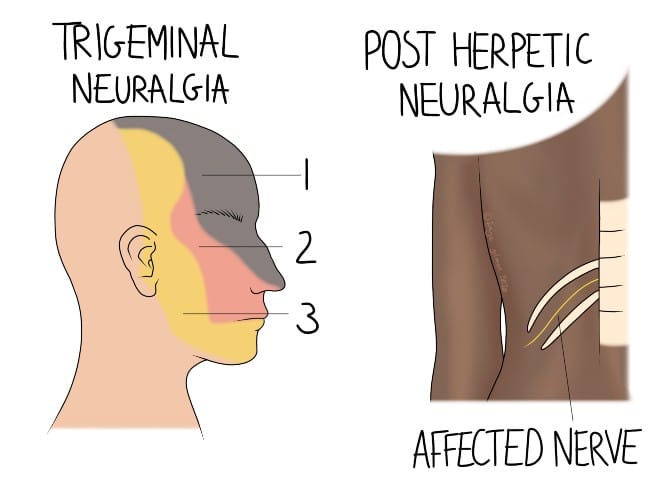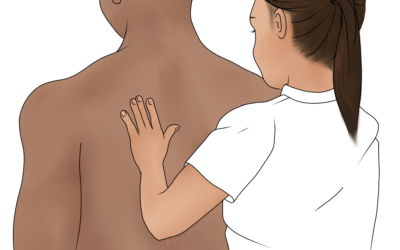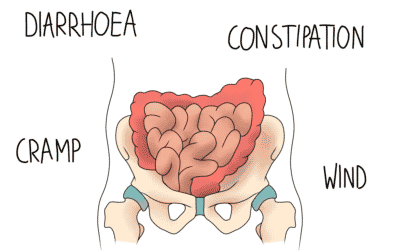Neuralgia literally means nerve pain, but its usage is more specific than that. Osteopathy may be able to help with the symptoms of neuralgia.
Trigeminal Neuralgia
The trigeminal nerve is a nerve that supplies the face with sensation and movement. It splits into three smaller nerves, supplying the forehead, mid-face, and lower jaw. In trigeminal neuralgia, one of these branches is irritated somewhere along its route from the brain to the face. The pain can be agonising, and although attacks typically last under two minutes, it can feel like much longer.
Symptoms can develop for no apparent reason, causing attacks more than once a day for some people. It is possible for symptoms to subside and to go into remission, which can again be for unknown reasons. There are a number of places where the nerve may be irritated, as it passes through small gaps on its way to the face.
Identifying your triggers is an important part of managing your symptoms. If you know that washing your face with cold water tends to set off your pain, you can find alternatives that prevent your attacks. Triggers vary from case to case, and are partially dependent on which nerve is involved. Things like chewing, brushing your teeth, and smiling can be enough to start an attack. Your osteopath may be able to work with you better after knowing what causes your symptoms. We can also use techniques to try and desensitise the nervous system to reduce the intensity of your pain.
Post-Viral Neuralgia
After an infection with some viruses, the body can develop a new pain. This can happen after shingles, as the virus lays dormant within the nervous system. As the shingles virus is part of the herpes family, this is known as “post herpetic neuralgia”. The shingles rash can form a line between ribs as it follows a nerve. Once the rash subsides, new symptoms may appear in the same place. This affects about 20% of people who have shingles and is more prevalent in the over-50s.
Similar to trigeminal neuralgia, symptoms can include:
- pain that may be intermittent or constant
- shooting, stabbing, or electric type pain
- increased sensitivity to pain (hyperalgesia)
- pain from usually non-painful stimuli (allodynia)
Although most people recover within a year, symptoms can persist. Strategies to manage the pain (desensitising) can complement prescribed painkillers.
Other Forms of Nerve Pain
Sciatica is a common example of nerve pain, although it is not a neuralgia. There are similarities between the two, as both can present with:
- pins and needles
- numbness
- shooting pain
You can read more about sciatica on our blog.
Management
Nerve pain, especially when chronic, can severely impact your quality of life. We may be able to help relieve your symptoms, so don’t suffer in silence. Hands-on treatment, as well as education and exercise, are recognised methods of managing pain. Patients often like to avoid strong painkillers, but if your doctor prescribes them, they can work well alongside osteopathy.
Book an appointment in Horley or Crawley to manage your neuralgia here.
